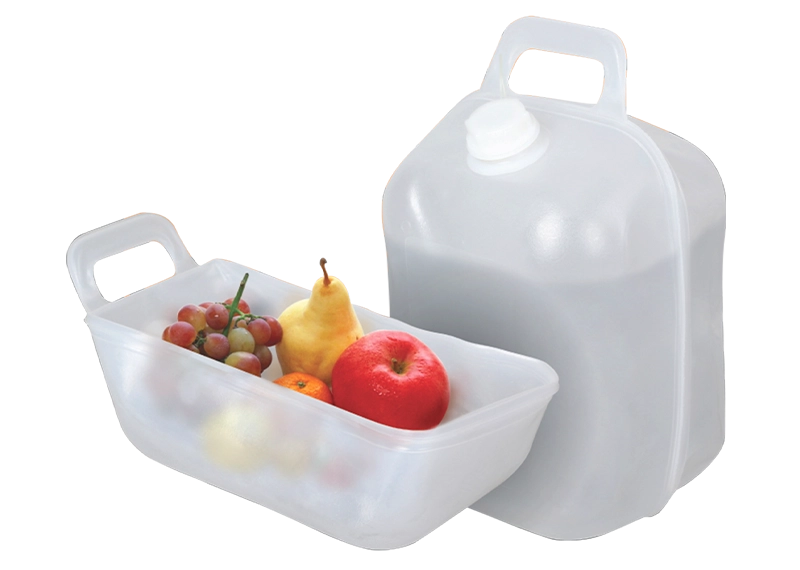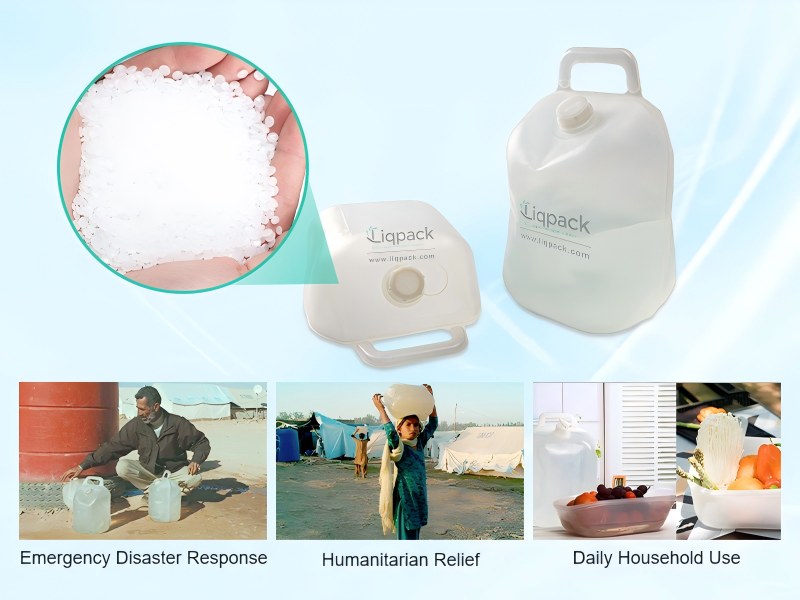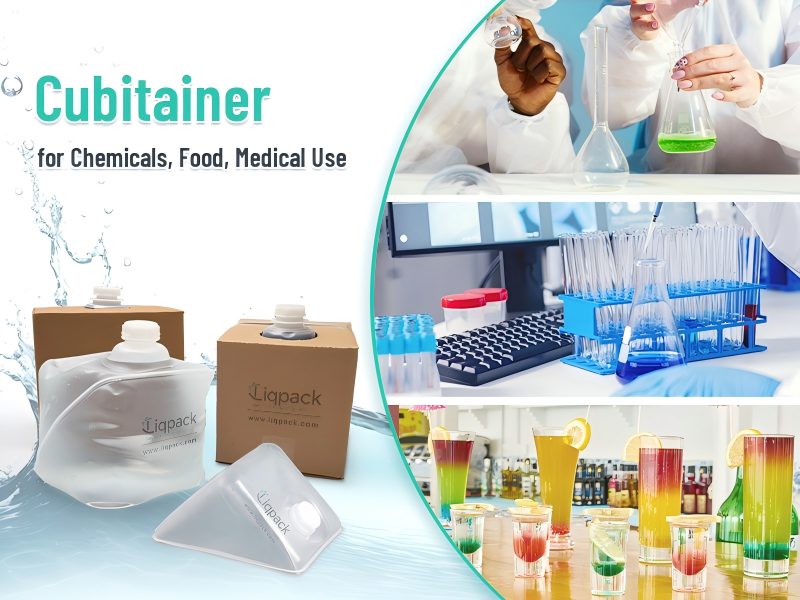
In beverages, packaging isn’t just a container—it’s shelf life, transport, branding, safety, and sustainability in one. Cubitainers—collapsible, cube-shaped LDPE containers with optional barriers—are rising as flexible alternatives to bottles, cans, and bag-in-box. Wineries, juice brands, and foodservice operators use them to cut costs, ease handling, and reduce waste while maintaining quality.
This article explores what Cubitainers are, why they’re gaining traction, and how to use them for wine, juice, concentrates, syrups, cold-brew, mixers, and more. We’ll cover materials, barrier options, filling and dispensing, shelf life, logistics, sustainability, regulations, and a buyer’s checklist to help decide if they fit your packaging roadmap.
What exactly is a Cubitainer?
A Cubitainer is a collapsible, cube-profiled, blow-molded LDPE container that pairs with a closure (cap, spout, or tap) and often sits inside a corrugated outer carton for stackability and protection. The square geometry maximizes space during transport and storage, while the flexible body collapses as the product is dispensed, limiting oxygen ingress and headspace. Typical sizes run from 5 L and 10 L up to 18–20 L, with larger formats used for commercial kitchens, bars, tasting rooms, and co-packing operations.
How Cubitainers differ from bag-in-box:
- Structure: Cubitainers are self-supporting when filled (especially with the box), whereas BIB uses a film bag.
- Materials: Cubitainers are commonly made of LDPE (optionally co-extruded with barrier layers), while BIB uses multilayer films with taps.
- Handling: Cubitainers feel more “rigid” to end users, tolerate rougher handling, and often accept threaded caps and quick-connect fittings.
- Dispensing: Both can integrate taps; Cubitainers also accept screw caps, vented closures, or pump systems for accurate dosing.
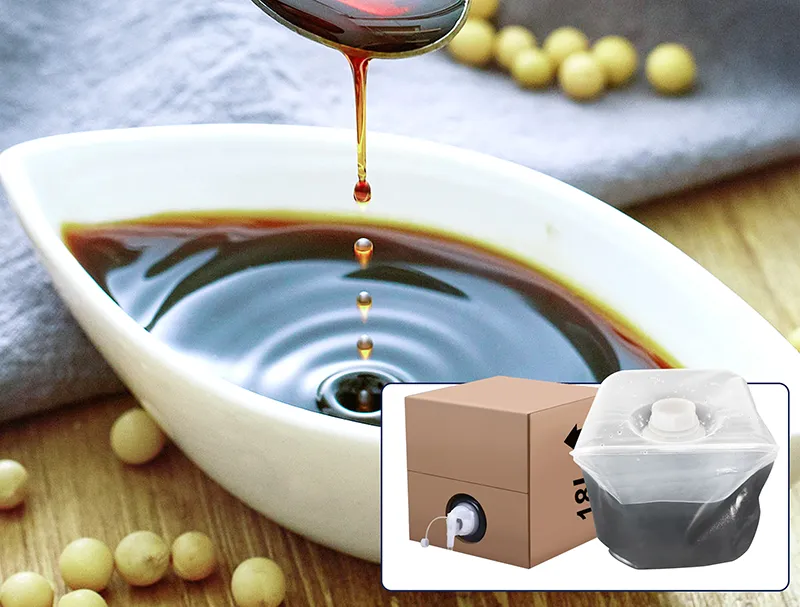
Why beverage brands choose Cubitainers
1) Product protection and shelf life
LDPE provides good toughness and chemical compatibility with many beverages. When oxygen sensitivity is a concern—wine, cold brew, and certain juices—co-extruded barrier layers (e.g., EVOH) or barrier liners can significantly reduce oxygen transmission. Because the container collapses as liquid is drawn off, there’s minimal headspace growth compared with rigid jugs, helping reduce oxidation and flavor drift after opening.
2) Logistics and cost efficiency
Cubitainers ship and store flat or nested prior to filling, dramatically reducing inbound freight and warehouse footprint versus rigid jugs. Their cube geometry boosts pallet density and reduces void space compared with round bottles. In foodservice channels, a 10–20 L format can replace multiple small bottles, lowering secondary packaging and handling labor.
3) Ergonomics and dispensing control
Threaded caps, spigots, and quick-connects let operators pour, pump, or dose with control. The collapsible body means fewer glugs and less aeration during dispensing. For back-of-house operations, staff can set a Cubitainer on a rack, connect a tap, and serve consistently—less mess, faster service.
4) Sustainability potential
Compared with rigid formats, Cubitainers can reduce plastic mass per liter delivered and cut transport emissions via improved cube efficiency. Pairing with a recyclable corrugated box enhances fiber recovery rates. In some programs, the outer box is reused while the inner LDPE is recycled, where infrastructure allows. Lightweighting options, right-sizing, and bulk formats further lower environmental impact.
Material and barrier options
LDPE is the baseline for toughness and flexibility. For beverages with higher oxygen sensitivity, brand owners consider:
- EVOH co-extrusion: A proven oxygen barrier for wine, cold brew, and premium juices. Barrier performance must be balanced with humidity conditions since EVOH is moisture-sensitive; co-ex structures manage this with tie layers.
- Nylon blends: Occasionally used where puncture resistance is prioritized.
- UV protection: Tints or UV-blocking additives help for light-sensitive beverages (certain juices, cold brew, and some wines).
- Closures and gaskets: Choose closure materials compatible with acids (juice), alcohol (wine, mixers), and flavor oils (citrus concentrates). Food-grade elastomers in taps and caps prevent leaching and off-notes.
Tip: Always validate permeation (O₂ and CO₂), sorption, scalping, and extractables for your specific formulation, especially with delicate aromas or carbonation.
Filling, sealing, and hygienic handling
Aseptic or ultra-clean filling is ideal for perishable beverages. Many brands:
- Flush the headspace with nitrogen or CO₂ during capping to minimize oxygen pickup.
- Use hot-fill (when formulation allows) for microbial control and to extend ambient shelf life.
- Integrate inline filtration (e.g., 0.45–0.2 μm for cold brew) and CIP/SIP-capable lines to maintain hygienic conditions.
Closures may be induction-sealed or torque-sealed. For high-acid juices and mixers, pay careful attention to cap liner compatibility. For wine, consider closures that accept quick-connects for tap systems in tasting rooms or event catering.
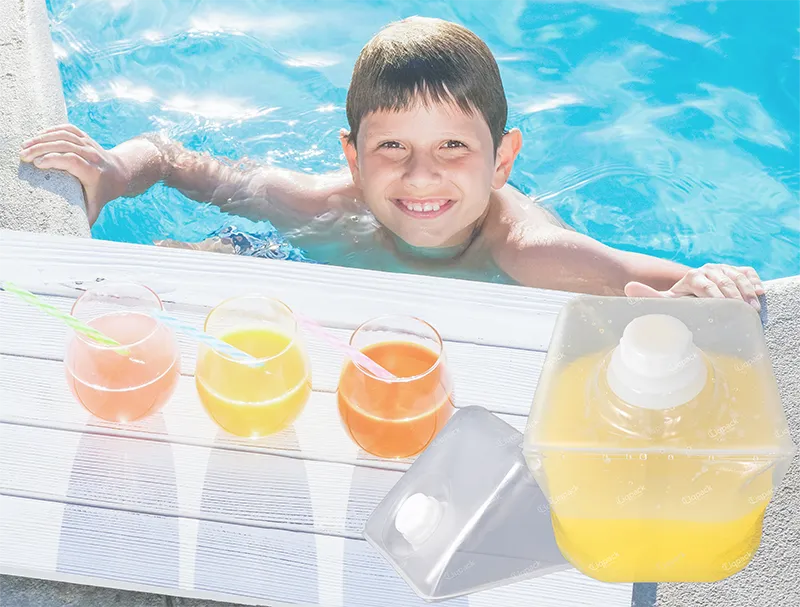
Applications across beverage categories
Wine (still)
- Use case: Tasting rooms, festivals, HOReCa supply, house wines, and blending/production movements.
- Advantages: Reduced oxygen exposure after opening, space and weight savings versus glass, easier handling for back-of-house.
- Considerations: Barrier layer (EVOH) strongly recommended for shelf life; avoid excessive light exposure and maintain cool storage. Dispensing via nitrogen-blanketed taps extends post-open life.
Juices and juice concentrates
- Use case: Smoothie bars, hotels, airline catering kitchens, and institutional catering.
- Advantages: Bulk formats streamline prep; collapsible design cuts oxidation during service; good for high-turn menus.
- Considerations: For not-from-concentrate juices and fresh-pressed SKUs, aseptic or cold-chain integrity is crucial. For citrus and flavor-oil heavy recipes, confirm closure liner resistance to essential oils.
Syrups and flavor bases
- Use case: Coffee shops, soda fountains, craft cocktail programs, and QSR chains.
- Advantages: Clean dosing with taps or pumps, reduced packaging changeovers, and less sticky mess than multiple small bottles.
- Considerations: Viscosity and sugar content require closures with robust seals; design a venting strategy to maintain smooth flow without glugging.
Cold-brew coffee and tea
- Use case: Cafés, kegs replacement in limited spaces, mobile events, and office micro-kitchens.
- Advantages: Lower oxygen exposure than rigid carboys, easy connection to taps or nitro infusers, lighter inbound packaging.
- Considerations: Oxygen control is paramount—validate barrier and nitrogen flushing, and maintain cold chain. Coffee is odor-sensitive; confirm no scalping or off-aromas.
Cocktail mixers and ready-to-mix bases
- Use case: Bars, stadiums, cruise ships, and banqueting.
- Advantages: High-volume service with repeatable taste; reduced glass waste in prep areas.
- Considerations: Alcohol content can interact with polymers—confirm long-term compatibility and seal integrity.
Functional and wellness beverages
- Use case: Smoothie bases, electrolyte concentrates, kombucha bases (non-carbonated), and meal-prep services.
- Advantages: Bulk dispense reduces small-format plastic, supports commissary models.
- Considerations: Fermentables require careful microbial control; carbonation is not recommended unless specifically validated (most Cubitainers are unsuitable for pressurized products).
lf life and quality management
To get predictable shelf life:
- Benchmark oxygen ingress: Lab-test OTR (oxygen transmission rate) for your product/structure at intended storage temperature and humidity.
- Model post-open life: Simulate dispense cycles—oxygen pickup during each pour matters as much as static OTR.
- Specify storage conditions: Cool, dark storage extends quality for wine and cold brew; inform distributors and operators with clear handling SOPs.
- Validate closures: Choose taps and caps with reliable, repeatable seals; test torque, leakage, and reclose performance.
- Run aging studies: Real-time and accelerated tests for flavor, color, microbial counts, dissolved oxygen, and headspace oxygen.
Operations: line integration and changeover
Cubitainers fit manual, semi-automatic, or fully automatic fill-cap-box lines:
- Manual stations: Good for pilots or seasonal runs; foot-pedal fillers and torque wrenches manage small batches.
- Semi-auto: Indexing tables for rinse/fill/cap, weight checks, and carton erect-pack.
- Full auto: Inline fillers with mass-flow meters, nitrogen dosing, induction sealing, automatic case erectors, and palletizers.
Because Cubitainers collapse, depalletizing and conveyance require gentle handling to avoid scuffing before fill. Ensure cap torques are consistent and taps are oriented correctly in the carton die-cut to prevent leaks during transport.
Sustainability and end-of-life
Sustainability depends on local infrastructure and your specific construction:
- Lightweighting lowers total plastic per liter delivered versus rigid jugs.
- Recyclability: LDPE is widely recyclable in principle, though access varies by region. Barrier structures and taps may require disassembly.
- Fiber recovery: Corrugated outers are typically recyclable with high recovery rates.
- Transport emissions fall thanks to better pallet density and fewer trips for equivalent volume.
Brands can publish Packaging Impact Scorecards comparing Cubitainers to glass and rigid HDPE: inputs include plastic mass, corrugate mass, pallets per 1,000 L, estimated CO₂e per lane, and post-consumer recovery assumptions. These data points help procurement, ESG teams, and customers quantify benefits credibly.
Regulatory and food safety checkpoints
For global programs, align with the relevant food-contact frameworks and market-specific rules:
- Material compliance: Ensure resins, barrier layers, additives, and colorants meet applicable food-contact regulations (e.g., FDA 21 CFR in the U.S., EU Framework Regulation, country-specific positive lists).
- Migration testing: Conduct overall and specific migration tests for your beverage matrix (acidic juice, alcohol for wine/mixers, oil-bearing citrus).
- Labeling: Bulk formats destined for foodservice must still carry traceability, lot, storage, and allergen info as required.
- Quality systems: Suppliers with GFSI-recognized certifications (e.g., BRCGS Packaging Materials, FSSC 22000) streamline audits and co-packer approvals.
Common pitfalls—and how to avoid them
- Under-specifying barrier: If you’re moving from glass to Cubitainers for wine or cold brew, validate EVOH or equivalent barrier; standard LDPE may be insufficient for premium profiles.
- Ignoring closure compatibility: Alcohol, acids, and essential oils challenge some liners; test early.
- Assuming post-open life: Collapsing helps, but you still need nitrogen dosing and cold storage for oxygen-sensitive beverages.
- Skipping operator training: Taps must be seated correctly; misuse leads to leaks and quality complaints.
- Overlooking carton design: Poor die-cuts complicate dispensing and increase damage in transit; match spout height, hand-holes, and stacking strength to your supply chain.
Looking beyond wine and juice
The same attributes that make Cubitainers attractive for wine and juice translate to many “beyond” categories:
- Plant-based concentrates for cafés and institutional kitchens
- Sports and hydration syrups for stadiums and gyms
- Tea concentrates for QSR iced-tea programs
- Non-carbonated mixers for cruise lines and banqueting
- R&D blends and pilot batches for new beverage launches
- For carbonated beverages, however, conventional Cubitainers are typically not suitable due to pressure; specialized pressure-capable packaging is required.
Final thoughts
Cubitainers sit in a strategic sweet spot between rigid containers and BIB: lighter and more space-efficient than jugs, more rugged and plug-and-play than film bags. For wine, juice, and an expanding list of beverage applications, they offer real operational and sustainability gains—especially when barrier structures, closures, and filling processes are matched to the product’s sensitivity.
If you’re evaluating a switch, start with a small pilot: define shelf-life targets, select the right barrier and closure, validate oxygen management, and map the logistics savings. With the right specification, Cubitainers can improve quality at the tap, lower your packaging footprint, and raise throughput—from the production floor to the point of pour.
- Liqpack

